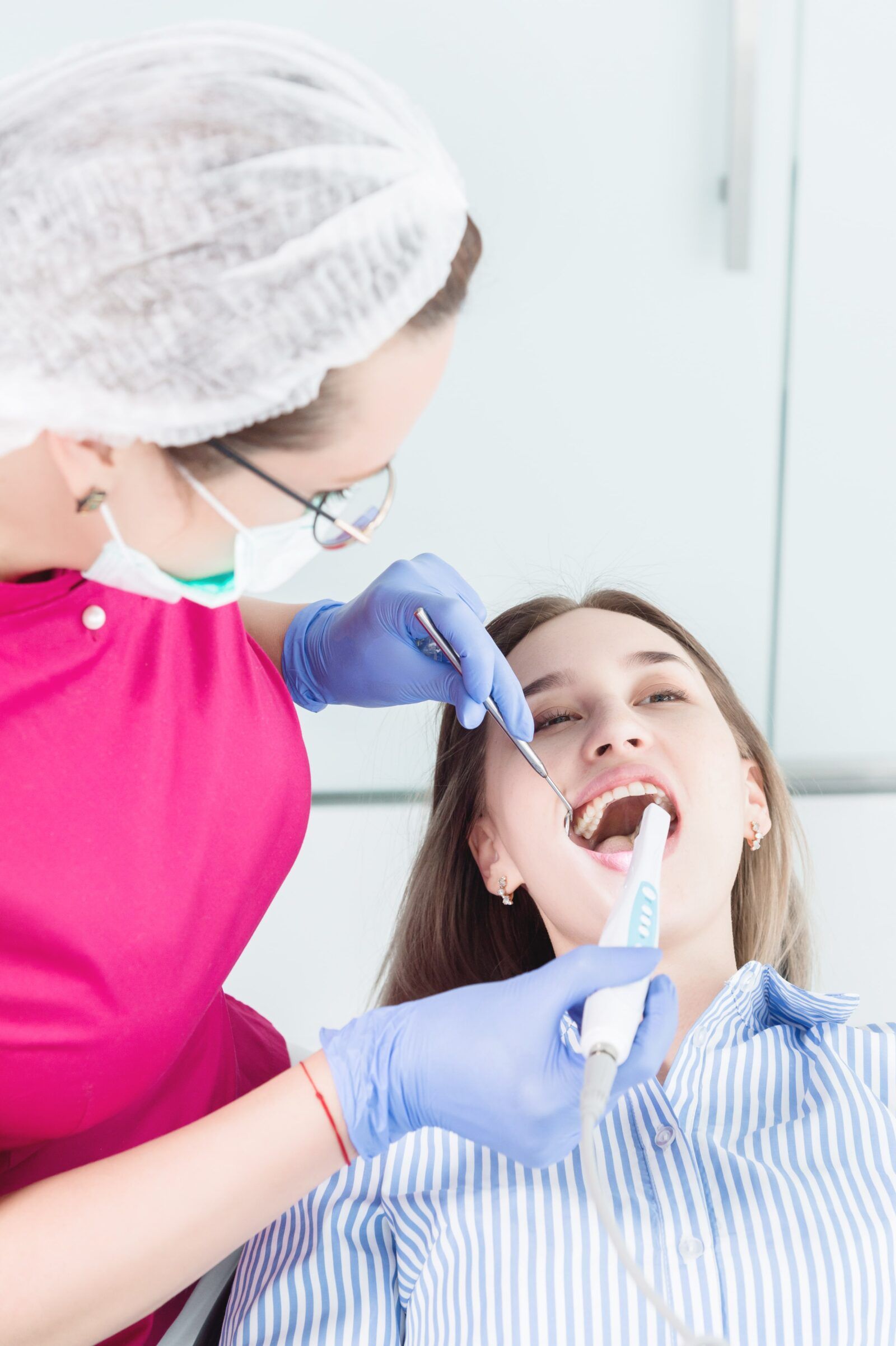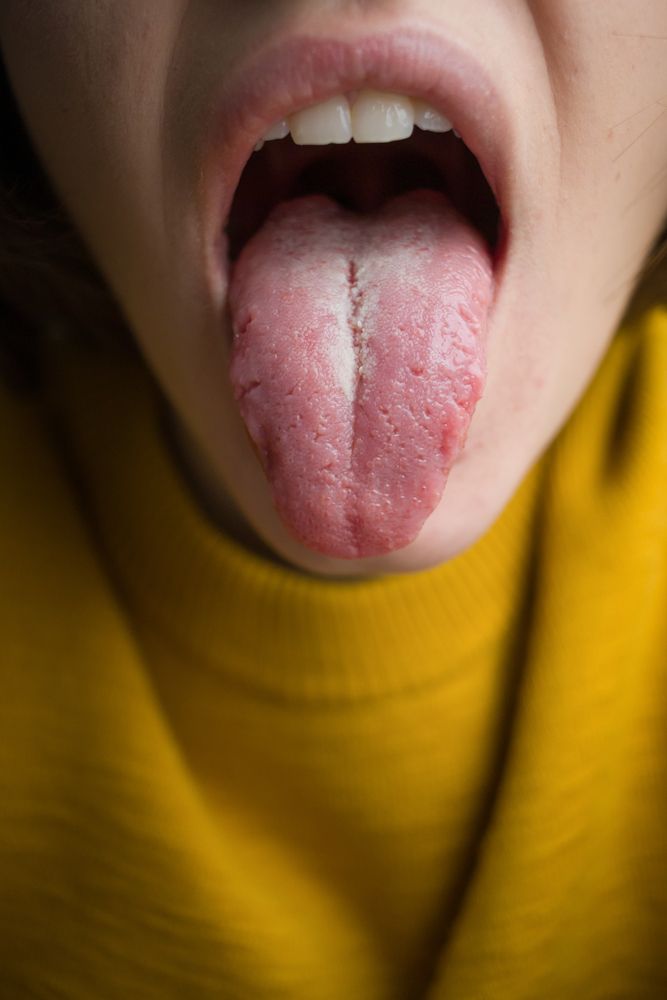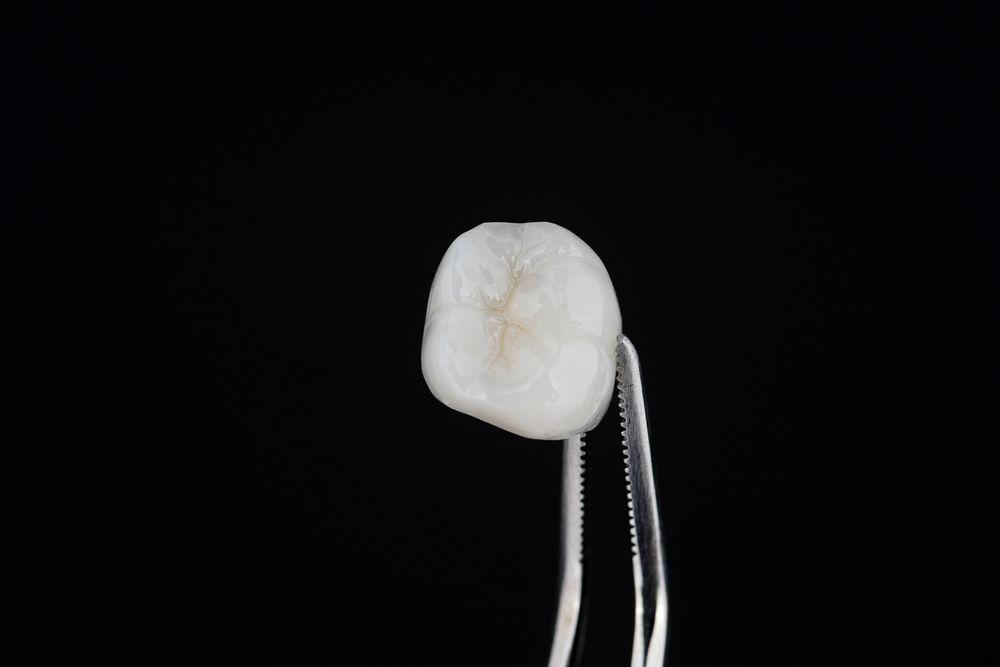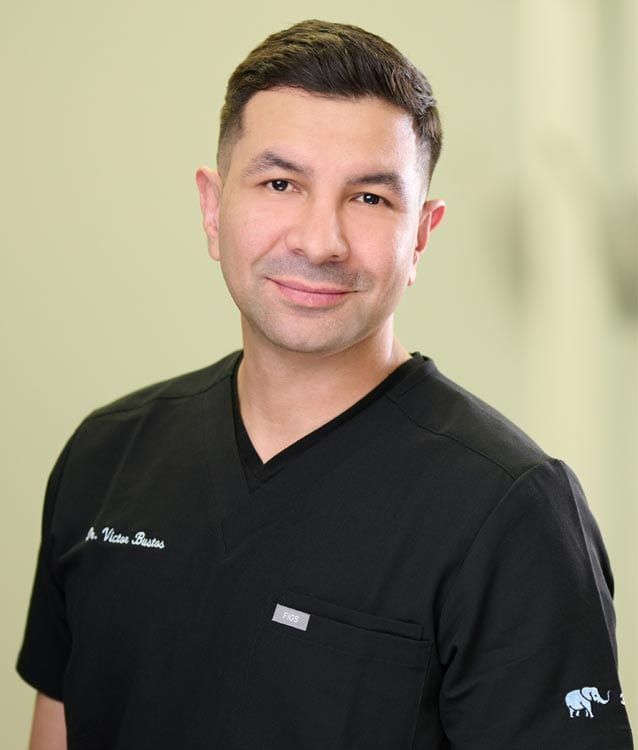The world of dentistry has witnessed a myriad of technological innovations over the years, each aiming to enhance the quality of care and the patient experience. Among these advancements, intraoral cameras have emerged as a transformative tool, reshaping the dynamics of dental examinations and treatments. Let’s delve into how these remarkable devices are making dental care more effective and patient-centric.
A Glimpse into Intraoral Cameras
At first glance, an intraoral camera might seem like a simple, pen-sized device. However, its capabilities are profound. Intraoral cameras are specialized diagnostic tools designed for dental use, resembling a pen in size and shape. Equipped with a high-resolution camera at the tip, they are adept at capturing detailed, magnified images of the teeth, gums, and other structures within the oral cavity. When maneuvered inside the mouth, these cameras transmit real-time visuals to a monitor, providing both the dentist and patient with a clear and comprehensive view. Often integrated with LED lights, intraoral cameras ensure the examined areas are well-illuminated, enhancing the clarity and accuracy of the images captured. Their design prioritizes ease of use, allowing for a thorough examination without causing discomfort to the patient. Through these detailed visuals, dental professionals can diagnose, educate, and plan treatments with greater precision and effectiveness.
Benefits of Intraoral Cameras
Enhanced Diagnostic Accuracy
Traditional dental mirrors offer a limited perspective, often missing out on minute details. Intraoral cameras, with their ability to magnify and illuminate, bring even the tiniest of cavities, fractures, or early signs of gum disease into sharp focus. This heightened clarity ensures that dental issues are identified in their nascent stages, leading to timely interventions.

Empowering Patients
One of the standout features of intraoral cameras is the empowerment they offer patients. By viewing their dental conditions live, patients gain a deeper understanding of their oral health. This visual insight fosters a sense of involvement, making patients more receptive to treatment recommendations and proactive in their dental care.
Streamlined Documentation
Intraoral cameras seamlessly integrate with dental software, allowing for efficient documentation. Images captured during examinations can be saved to a patient’s digital record, facilitating easy comparisons over time and aiding in monitoring treatment progress. This digital archive is also invaluable for insurance claims and referrals.
Elevating Cosmetic Procedures
In the realm of cosmetic dentistry, precision is paramount. Whether it’s designing veneers, planning a smile makeover, or assessing the results of teeth whitening, the detailed imagery from intraoral cameras ensures treatments are tailored to perfection, achieving desired aesthetic outcomes.
Boosting Patient Confidence
Seeing is believing. When patients witness their dental issues firsthand and observe the improvements post-treatment, it instills a sense of confidence in the dentist’s expertise and the treatments administered. This trust is foundational for long-term dentist-patient relationships.
In Conclusion
Intraoral cameras are more than just diagnostic tools; they represent the fusion of technology and patient care. By offering unparalleled visual insights, they have made dental care more precise, transparent, and collaborative. As we navigate the future of dentistry, it’s evident that innovations like intraoral cameras will continue to play a pivotal role in shaping patient experiences and elevating the standards of care.






